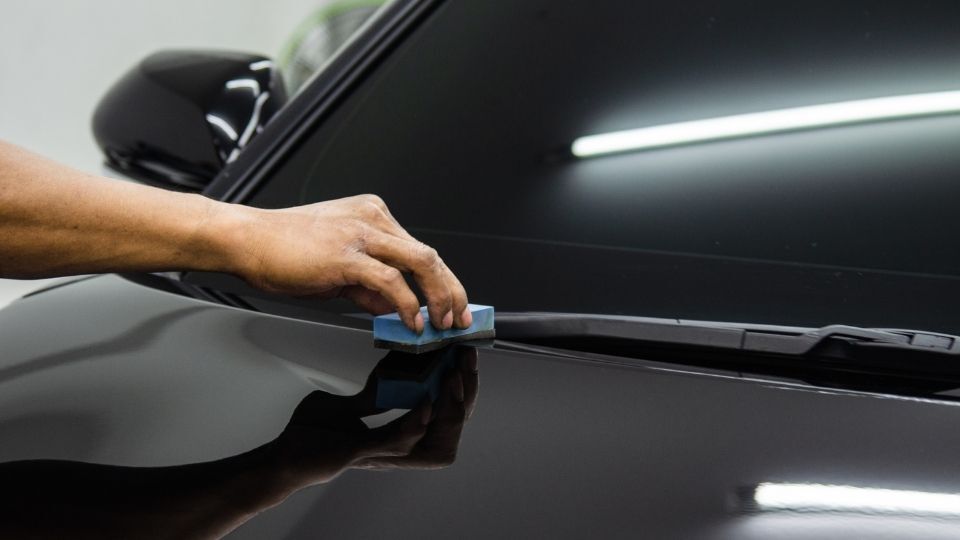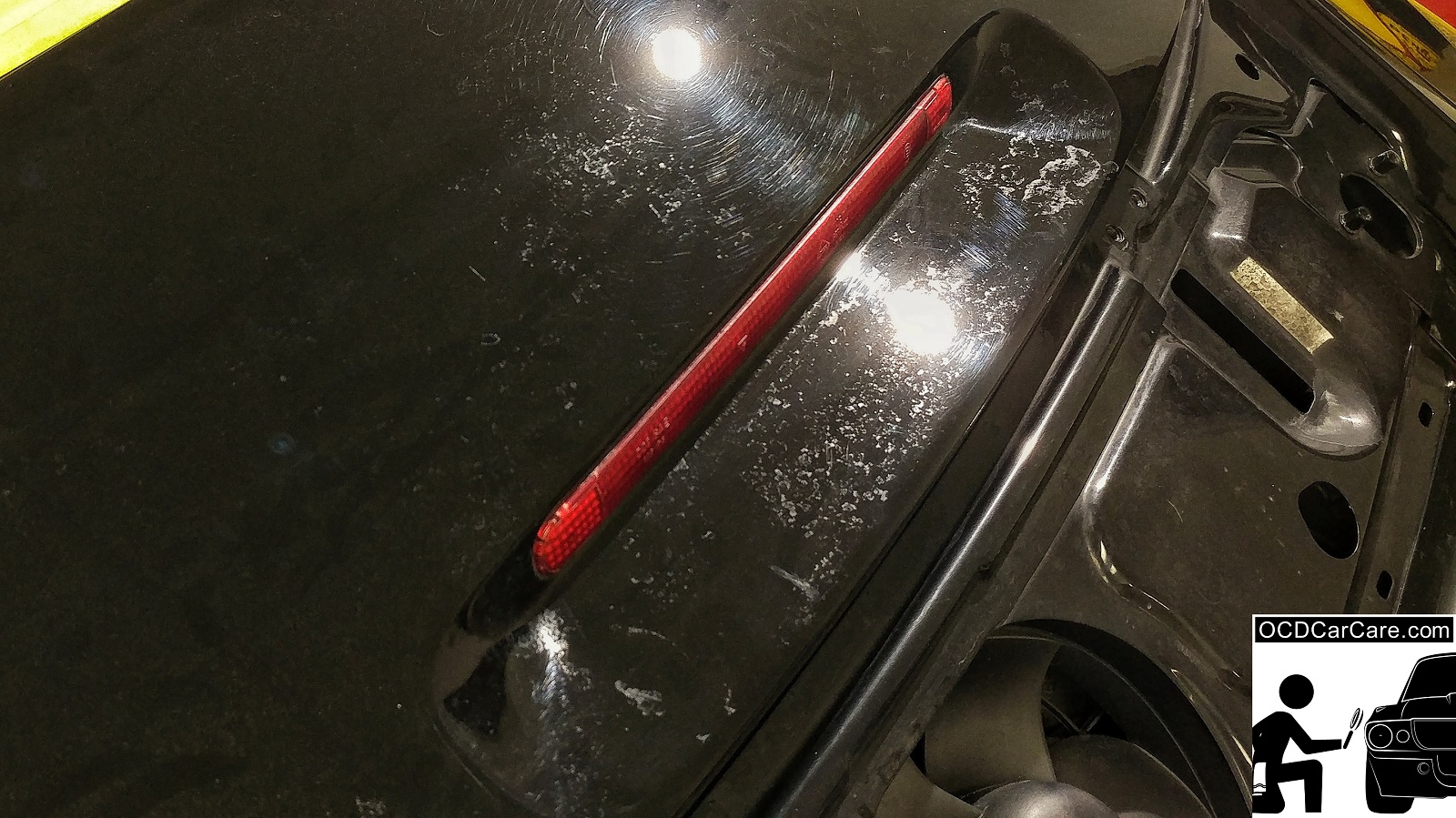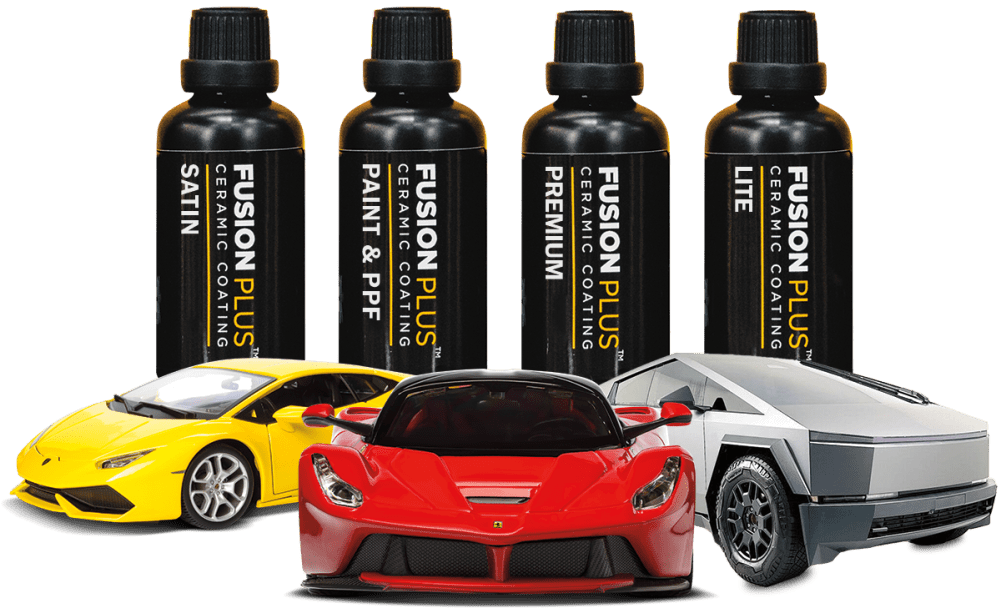Is Ceramic Coating Worth the Investment for Your Car’s Exterior?
Is Ceramic Coating Worth the Investment for Your Car’s Exterior?
Blog Article
Ceramic Coating vs. Standard Wax: Which Provides Better Long-Term Security?
The discussion in between ceramic finishings and traditional wax for vehicle security has gathered considerable interest amongst automobile fanatics and specialists alike. While both serve the objective of protecting paint, their distinctions in resilience, application, and long-term maintenance prices might influence a consumer's selection. Ceramic coatings boast exceptional long life and resistance to environmental variables, yet the intricacy of their application questions concerning ease of access and practicality. As we discover these contrasting options, it becomes necessary to consider not just the immediate benefits yet additionally the implications for lorry care gradually.
Introduction of Ceramic Finishing
Ceramic coating has obtained considerable appeal among auto fanatics and detailers alike as a result of its sophisticated safety top qualities. This innovative technology is developed to develop a long lasting, hydrophobic guard over a lorry's paint surface area, dramatically enhancing its resistance to ecological impurities such as dirt, UV rays, and chemical stains. Unlike traditional wax, which provides a temporary layer of protection, ceramic coatings bond at a molecular degree with the paint, providing durable durability-- commonly extending beyond 2 years with proper maintenance.
The application procedure includes meticulous preparation of the lorry's surface area, including cleaning and polishing to ensure optimum attachment. Once used, the layer treatments to develop a robust layer that not only includes deepness and gloss to the paint however likewise streamlines upkeep. With its hydrophobic homes, ceramic coating allows water and dust to glide off more quickly, lowering the regularity of washes and decreasing the danger of swirl marks.
Furthermore, ceramic coverings are readily available in numerous formulations, enabling customers to select products tailored to their certain demands and choices. In general, ceramic coating represents a considerable advancement in paint defense innovation, supplying superior performance compared to standard alternatives.
Summary of Typical Wax
Typically considered as a staple in vehicle treatment, wax works as a preferred choice for those looking for a straightforward method to enhance and shield their car's paint - ceramic coating. Automotive wax usually makes up natural components, such as carnauba, or synthetic compounds, created to develop a safety layer on the surface area of the paint. This layer not only improves the lorry's gloss and beam but likewise offers an obstacle versus ecological impurities
The application of wax is normally easy to use, making it available for both professionals and DIY lovers. It can be used by hand or machine, allowing for convenience in the outlining procedure. When used, wax needs a treating duration, after which it solidifies to form a safety covering. Wax is likewise understood for its ability to repel water, promoting a beading impact that helps in the prevention of water areas and corrosion.
However, while wax works for boosting the visual appeal of a lorry, it is essential to note that the defense it provides may necessitate a lot more frequent reapplication contrasted to alternative items, such as ceramic coverings. In general, standard wax remains a popular alternative for those prioritizing convenience of usage and immediate aesthetic enhancement.
Longevity and Durability Contrast
While both more tips here ceramic finishings and traditional wax deal safety advantages for automotive paint, their toughness and longevity differ dramatically. Conventional wax, typically made from natural carnauba or artificial polymers, typically supplies a protective layer that lasts approximately 3 to 6 months. This relatively short life-span necessitates routine reapplication to maintain optimum defense.
In contrast, ceramic layers are engineered from innovative nanotechnology, developing a covalent bond with the paint surface area. This leads to a durable, hydrophobic layer that can endure for two to 5 years, depending upon the item and environmental conditions. The superior sturdiness of ceramic layers is credited to their chemical framework, which offers boosted resistance to scrapes, UV rays, and oxidation.

Security Versus Environmental Factors
Securing a vehicle's paint from ecological factors is essential for maintaining its appearance and worth over time. Automobiles are constantly subjected to a selection of aspects, including UV rays, bird droppings, tree sap, acid rainfall, and road crud, every one of which can compromise the integrity you could look here of the paintwork.
Ceramic coatings supply a durable defense versus these environmental aggressors. Unlike typical wax, which can degrade swiftly under UV direct exposure, ceramic finishes form a long lasting, hydrophobic layer that stands up to the hazardous results of sunshine and environmental contaminants. This innovative modern technology produces a chemical bond with the automobile's surface area, providing exceptional defense that lasts for years, even in severe problems.
In comparison, ceramic finishes preserve their safety qualities much longer, dramatically minimizing the danger of paint damages and making sure that the automobile keeps its aesthetic allure. As a result, ceramic finishes are progressively recognized as the premium selection for long-lasting security against ecological variables.
Application and Upkeep Distinctions
The methods of application and succeeding upkeep for ceramic finishings and traditional wax vary considerably, affecting the general customer experience and efficiency of each item. Ceramic finishings require an even more elaborate application procedure, generally including surface prep work that consists of washing, sanitizing, and polishing the car. As soon as the surface area prepares, the ceramic coating is used in a controlled atmosphere, find more info often needing expert experience to ensure appropriate curing and bonding to the paint.

While both items improve vehicle appearance, the longer-lasting security provided by ceramic layers might warrant their first investment, in spite of the more demanding application process. Conversely, typical wax continues to be a preferred selection for those looking for a less complex, albeit short-term, service.

Conclusion
In verdict, ceramic coverings demonstrate considerable advantages over conventional wax in terms of longevity and ecological defense. With a lifespan prolonging 2 to 5 years and premium resistance to UV rays, dust, and chemical discolorations, ceramic finishes supply a more efficient remedy for lasting automobile upkeep. The application process may call for specialist know-how, the resulting expense savings and decreased frequency of reapplication emphasize the worth of ceramic finishings for those seeking optimal vehicle defense.
The dispute between ceramic coverings and conventional wax for vehicle defense has garnered substantial focus amongst automobile fanatics and experts alike. Unlike traditional wax, which provides a short-lived layer of security, ceramic coatings bond at a molecular degree with the paint, providing durable longevity-- commonly extending beyond 2 years with proper maintenance.
While both ceramic finishes and conventional wax deal protective benefits for vehicle paint, their toughness and durability vary considerably. For car fanatics seeking lasting defense, ceramic coatings offer a compelling advantage over typical wax products.
In conclusion, ceramic coatings demonstrate substantial benefits over traditional wax in terms of toughness and ecological protection.
Report this page